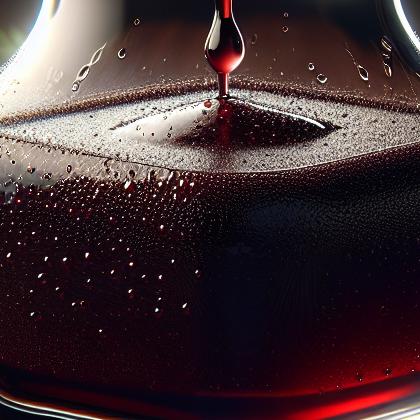Showing results for 'Wine reduction'
close
Wine Reduction

In cooking, reduction is the process of thickening and intensifying the flavor of a liquid mixture such as a soup, sauce, wine, or juice by simmering or boiling
Wine reduction Pairs With:
Food Item
Flavor Affinity Level
Wine reduction Properties:
| Food Property | Type | Description |
|---|---|---|
| Flavor Profile | Sweet | Wine reduction can have a sweet flavor profile due to the natural sugars in the wine concentrated during the reduction process. |
| Sour | Wine reduction can have a sour flavor profile from the acidity of the wine. | |
| Bitter | Wine reduction may develop a hint of bitterness as some compounds in the wine intensify during reduction. | |
| Umami | Wine reduction can enhance the umami taste of dishes by adding depth and richness to the flavor. | |
| Aroma | Volatile Compounds | Wine reduction releases aromatic compounds that contribute to the overall aroma of the dish. |
| Cooking Behavior | Heat Conductivity | Wine reduction reacts well to heat conductivity, allowing for evaporation and concentration of flavors. |
| Nutritional Value | Macronutrients | Wine reduction may contain some macronutrients from the wine used in the reduction process. |
| Micronutrients | Wine reduction may retain some micronutrients from the original wine, depending on the reduction process. | |
| Chemical Composition | Acidity/Alkalinity (pH) | Wine reduction may have a lower pH due to the concentration of acids during reduction. |
| Color | Maillard Reaction | Wine reduction can develop Maillard reaction products, adding depth of flavor and color to dishes. |
Food Pairing App - Version 1.2.0
